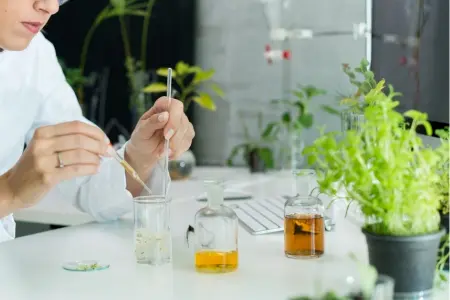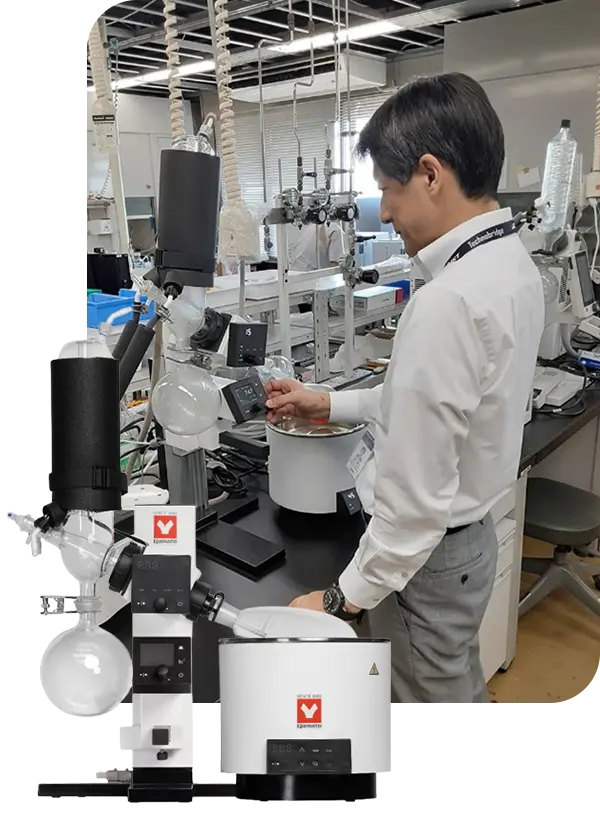How to Transform Rare Herbal Extracts into Stable, Free-Flowing Granules for R&D
Take better rare herb extracts so you get more value from every sample, and get better outcomes from your R&D.
Your rare herb extracts - whether from ashwagandha, astragalus, or schisandra - contain fragile flavonoids and bioactive compounds that can degrade in seconds at the wrong temperature. Yet your supplement R&D demands a stable, granulated form that's both potent and practical to work with.
The challenge? Standard drying methods either torch your heat-sensitive compounds or leave you with clumpy, oxidized material that's impossible to dose accurately. Meanwhile, your most precious samples - the ones that took months to source and extract - sit vulnerable to degradation with every processing step.
There's a controlled, reproducible way to convert liquid herbal extracts into uniform granules while preserving their full phytochemical profile. It starts with understanding why granulation matters for botanical R&D and how vacuum-controlled evaporation protects what makes these herbs valuable.
If you don’t want to learn about this, and you just want the rotary evaporator we built for this application, you can customize your rotary evaporator for rare herbal extracts package in less than 20 seconds.
Why Convert Herbal Extracts into Granules Instead of Powders?
Herbal extract powders create headaches in the lab. They clump. They stick to equipment. They absorb moisture from the air faster than you can weigh them. And their massive surface area accelerates oxidation of those precious flavonoids you worked so hard to extract.
Granules solve these problems through controlled particle formation:
Consistent dosing becomes possible
Uniform granule size means predictable active content per gram, eliminating the guesswork that plagues fine powders
Oxidation slows dramatically
Reduced surface area means less exposure to oxygen, protecting polyphenols and alkaloids during storage
Material handling improves
Granules flow freely through hoppers and don't create dust clouds that waste material and irritate lab staff
Formulation options expand
Whether you're filling capsules, pressing tablets, or blending drink mixes, granules incorporate evenly without segregation
The transformation from liquid extract to granule requires careful control. Too much heat destroys flavonoids. Uneven drying creates hot spots that degrade alkaloids. But rotary evaporation under vacuum lets you remove solvents at temperatures below 45°C while the constant rotation ensures every particle dries uniformly.
What Active Compounds Are Most Vulnerable During Herbal Extract Drying?
Not all phytochemicals are created equal when it comes to thermal stability. Understanding which compounds in your rare herbs need protection guides your processing parameters.
Flavonoids like quercetin and kaempferol begin degrading at temperatures as low as 60°C. These antioxidant powerhouses give many herbs their therapeutic value, yet conventional drying can destroy 40-60% of their content.
Phenolic acids - including rosmarinic acid and chlorogenic acid - oxidize rapidly when exposed to heat and air simultaneously. Once oxidized, they lose both potency and bioavailability.
Alkaloids found in herbs like goldenseal or kratom undergo structural changes at elevated temperatures, potentially altering their biological activity or creating unwanted byproducts.
Low-temperature vacuum drying protects these vulnerable compounds. By reducing pressure, you lower the boiling point of your solvent - ethanol evaporates completely at 35°C under proper vacuum. This gentle removal preserves the delicate molecular structures that give rare herbs their value.
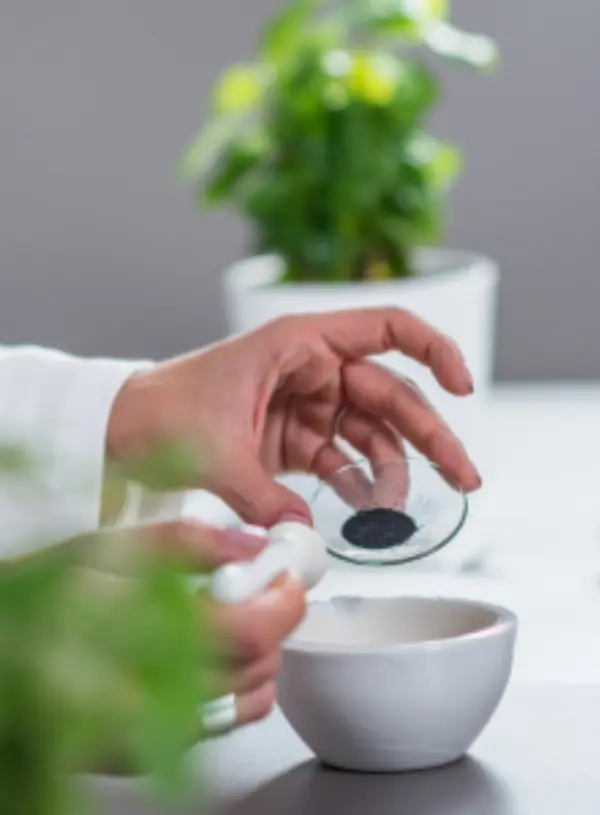
How Does Rotary Evaporation Ensure Uniform Potency in Herbal Granules?
Picture your herbal extract spreading into a thin film across the rotating flask. As it turns, gravity constantly redistributes the liquid, preventing the formation of dry spots or wet pockets that plague static drying methods.
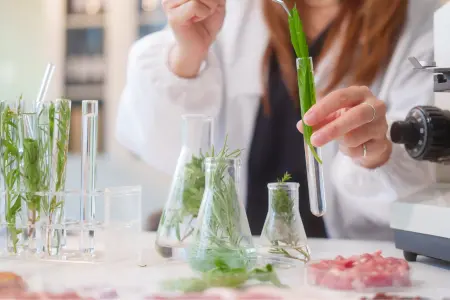
This rotation does three critical things for potency preservation:
First, it maintains even temperature distribution. No section of your extract experiences prolonged heat exposure that could degrade local concentrations of active compounds.
Second, it prevents selective precipitation. Different phytochemicals have different solubilities - without rotation, some compounds crash out of solution early while others remain dissolved, creating granules with wildly varying potency.
Third, it enables controlled incorporation of carriers. Adding maltodextrin or gum arabic? The rotation ensures these stabilizers distribute evenly throughout your extract before granulation begins.
Yamato's programmable evaporation profiles let you replicate this process exactly. Same rotation speed, same vacuum staging, same bath temperature - every batch. This reproducibility matters when you're documenting efficacy for regulatory submissions or scaling from R&D to production.
Which Carriers Enhance Granule Stability and Flow for Botanical Extracts?
Your choice of carrier can make or break your granulation success. The right carrier protects actives, improves flow, and stabilizes the final product - but only if it survives the drying process intact.
Maltodextrin remains the workhorse carrier for good reason. It encapsulates flavonoids, reducing their exposure to oxygen, while creating granules with excellent flow properties. The gentle evaporation of rotary systems preserves maltodextrin's protective matrix structure.
Inulin offers prebiotic benefits alongside its carrier function, making it attractive for digestive health formulations. Its lower hygroscopicity compared to simple sugars means your granules stay free-flowing longer.
Gum arabic excels at protecting volatile compounds and terpenes. Its film-forming properties create a physical barrier against oxidation - but only when dried below its glass transition temperature.
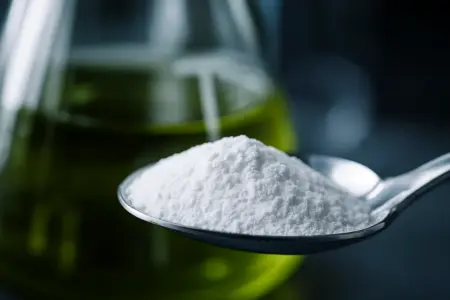
The key? These carriers need incorporation before drying begins. Mix them into your liquid extract, then use controlled evaporation to remove solvent while the carrier forms its protective matrix around your actives. Rush the process with high heat, and you'll destroy the carrier's functionality along with your flavonoids.
What Alternatives Exist to Rotary Evaporation for Herbal Granulation, and What Are Their Drawbacks?
Every drying method makes trade-offs. Understanding these compromises helps you choose the right approach for your specific herbs and production scale.
Spray drying
Spray drying processes material quickly - too quickly for many botanicals. Inlet temperatures of 150-200°C flash-evaporate solvents but also flash-degrade heat-sensitive compounds. While you can reduce inlet temperatures, this often leads to incomplete drying and sticky granules. Plus, small R&D batches waste significant material in the spray chamber.
Freeze drying
Freeze drying preserves actives beautifully but creates fluffy, low-density material that requires secondary granulation. The process takes 24-72 hours per batch and costs 5-10 times more than vacuum evaporation. For rare herbs where you're processing small quantities frequently, the time and expense rarely justify the marginal quality improvement.
Oven drying
Oven drying seems simple until you measure the results. Temperature gradients create uneven moisture content. Oxygen exposure accelerates degradation. And forget about incorporating carriers - they'll burn or caramelize before your solvent fully evaporates.
Vacuum oven drying
Vacuum oven drying improves on standard ovens but lacks the rotation that ensures uniformity. Your extract pools at the bottom of containers, creating thick sections that dry slowly and thin edges that overcook.
Rotary evaporation hits the sweet spot for rare herb R&D: gentle enough to preserve actives, fast enough for daily use, and small-batch friendly for precious materials.
How Does Yamato's Mini Rotary Evaporator Excel at Botanical Extract Processing?
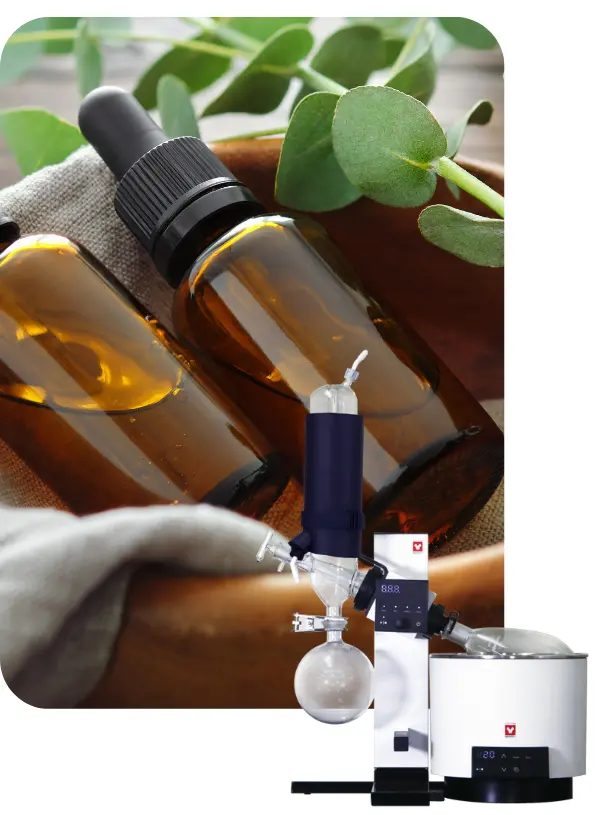
Not all rotary evaporators handle botanical work equally. Herbal extracts bring unique challenges - variable viscosities, reactive compounds, and the need for absolute reproducibility when working with expensive materials.
Yamato's design addresses these botanical-specific requirements:
Precise bath temperature control (±0.1°C) maintains conditions below degradation thresholds for sensitive flavonoids
Programmable multi-stage evaporation profiles let you ramp vacuum gradually, preventing bumping that wastes precious extract
Chemical-resistant borosilicate glass and PTFE seals withstand repeated exposure to ethanol, water, and botanical acids without degradation
Integrated data logging documents every parameter for GMP compliance and batch reproducibility
The compact footprint matters too. When you're processing $500/kg ashwagandha extract, you want equipment in your main lab, not relegated to a separate facility where contamination risks increase.
What Is the Optimal Residual Moisture Content for Herbal Granules?
The magic number doesn't exist - because it depends entirely on your product goals. But here's what we know from the field:
Target 3-5% residual moisture for most herbal granules. Go lower, and your granules become brittle, creating fines during handling. Go higher, and you invite microbial growth and accelerated degradation.
But hitting this target requires finesse. Different herbs and carriers have different equilibrium moisture contents. Hygroscopic herbs like gymnema pull moisture from the air rapidly, while oil-rich herbs like schisandra resist water absorption.
Vacuum endpoint control makes the difference. Instead of timing your evaporation and hoping for the best, you monitor vacuum levels to detect when solvent evolution stops. At this point, you've removed free solvent but retained bound moisture that maintains granule integrity.
Some specific considerations:
Polyphenol-rich extracts benefit from 4-5% moisture to prevent oxidative polymerization
Alkaloid-containing herbs can tolerate 2-3% moisture without stability issues
Granules intended for immediate tableting need 3-4% for proper compression
Long-term storage demands the lower end of the range, around 2-3%
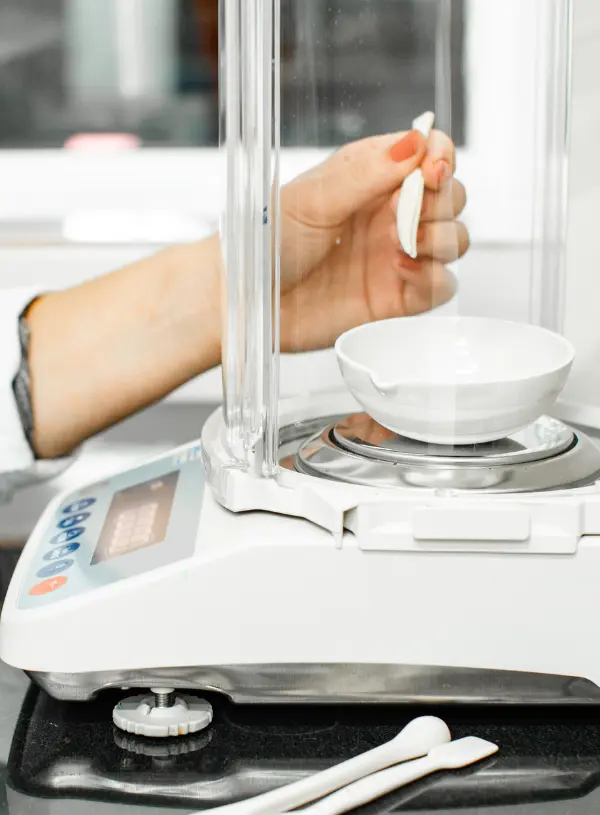
How Can You Prevent Oxidation of Sensitive Flavonoids During Processing?
Oxidation doesn't wait. From the moment you begin concentrating your extract, oxygen starts degrading those valuable flavonoids. But strategic interventions at each processing stage minimize losses.
During evaporation, the vacuum itself provides protection by reducing oxygen presence. But you can enhance this:
- Pre-flush your flask with nitrogen before adding extract
- Add antioxidants like ascorbic acid (0.1-0.5%) to your extract
- Keep bath temperatures below 45°C to slow oxidation kinetics
- Use amber flasks when processing light-sensitive compounds like anthocyanins
Post-granulation, protection continues:
- Package immediately in nitrogen-flushed containers
- Include oxygen absorbers in storage vessels
- Store at -20°C if not using immediately
- Document time out of storage for stability studies
The data logging capabilities of modern rotary evaporators help here. By tracking exactly how long each batch spent at various temperatures and vacuum levels, you can correlate processing conditions with potency retention.
Can Synergistic Actives Be Co-Granulated for Multi-Herb Formulations?
Co-granulation of multiple herbal extracts opens fascinating formulation possibilities - if you manage the complexity. Different herbs have different optimal extraction solvents, pH preferences, and stability requirements.
Start with compatible combinations. Adaptogenic herbs like ashwagandha, rhodiola, and eleuthero share similar chemical profiles and extraction requirements. Their actives - withanolides, rosavins, and eleutherosides - remain stable under similar conditions.
The rotation of evaporative concentration ensures even distribution. As solvents evaporate, the remaining solution becomes supersaturated with actives from all herbs simultaneously. They precipitate together, creating granules with consistent multi-herb ratios.
Critical success factors:
Standardize your extracts before combining - know the active content of each input
Match solvent systems - don't mix water-based and oil-based extracts
Consider interaction potential - some compounds precipitate when combined
Document the order of addition - it can affect final granule properties
Even rotation during evaporation prevents stratification that would create granules enriched in one herb over another. Your customers expect consistent effects from each dose.
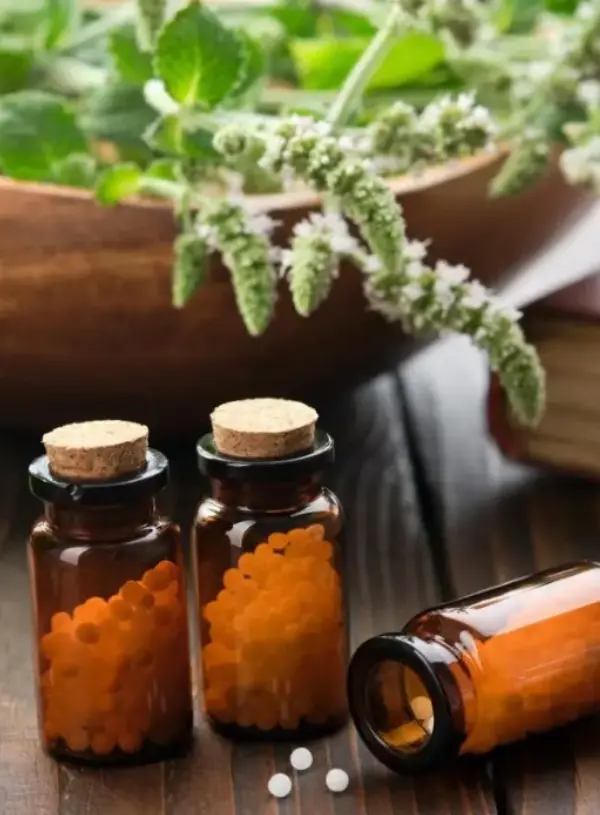
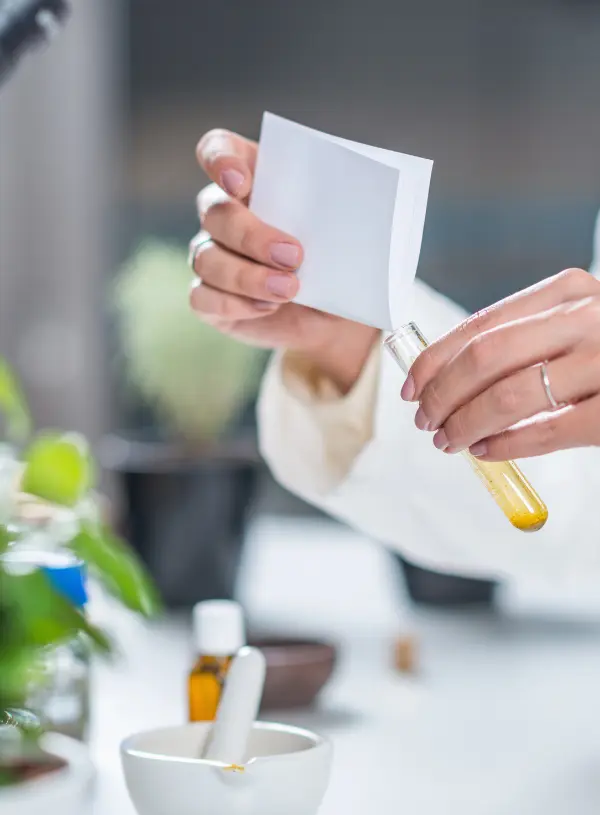
What Testing Confirms Potency Retention After Granulation?
Trust requires verification. Claims about "gentle processing" mean nothing without analytical data proving your flavonoids survived the journey from liquid to granule.
HPLC analysis remains the gold standard for quantifying specific compounds. Run samples before and after granulation to calculate retention percentages. Look for:
- Major flavonoid peaks (quercetin, kaempferol, rutin)
- Signature compounds for each herb (ginsenosides for ginseng, curcuminoids for turmeric)
- Degradation products that indicate processing damage
Total antioxidant capacity assays (ORAC, DPPH, ABTS) provide a broader picture of biological activity. Sometimes individual compounds degrade but overall antioxidant potential remains through synergistic effects.
Dissolution testing confirms your granules release actives appropriately. Place granules in simulated gastric fluid and measure release rates. Proper granulation should provide 80% dissolution within 30 minutes for immediate-release formulations.
Reproducible processing through programmable SOPs makes this testing meaningful. When every batch follows identical parameters, differences in potency point to raw material variation, not processing inconsistency.
How Can You Control Granule Dissolution Rates for Different Delivery Systems?
Not all granules should dissolve at the same rate. Immediate-release capsules need rapid dissolution. Sustained-release formulations require gradual active release. Time-release products demand precise control over dissolution kinetics.\
Rotation speed during evaporation directly impacts granule density and porosity:
Higher speeds (200-280 rpm) create denser granules with slower dissolution
Moderate speeds (100-150 rpm) balance density and porosity for standard release
Lower speeds (50-100 rpm) produce more porous granules for rapid dissolution
Vacuum staging offers another control point. Gradual vacuum ramping creates denser granules as solvents evaporate slowly. Rapid vacuum application produces more porous structures as solvents escape quickly, leaving voids behind.
Carrier selection fine-tunes release further:
Lower speeds (50-100 rpm) produce more porous granules for rapid dissolution
Hydroxypropyl cellulose creates sustained release matrices
Hydroxypropyl cellulose creates sustained release matrices
The beauty of rotary evaporation? You can dial in these parameters precisely and reproduce them exactly, batch after batch.
How Scalable Is the R&D Granulation Process to Commercial Production?
Your 50-gram R&D success means nothing if you can't scale to 50 kilograms for production. But parameters developed on rotary evaporators translate predictably to larger systems.
The key is understanding what changes and what doesn't with scale:
What remains constant:
Temperature requirements for protecting actives
Residual moisture targets
Carrier-to-extract ratios
Chemical compatibility requirements
What requires adjustment:
Processing time (increases with batch size)
Rotation speed (may need reduction for larger volumes)
Vacuum ramping rates (slower for bigger batches)
Document everything during R&D. Record not just final parameters but also intermediate observations - when granulation begins, when consistency changes, when endpoints are reached. These observations guide scale-up decisions.
Many botanical companies use rotary evaporation for R&D and pilot batches, then transfer proven parameters to spray dryers or fluid bed systems for commercial production. The gentle conditions you've validated at small scale become your target specifications for larger equipment.
What Packaging Best Preserves Potency During Storage?
You've created perfect granules. Now protect them. Environmental factors - light, oxygen, moisture, temperature - all degrade botanical actives during storage.
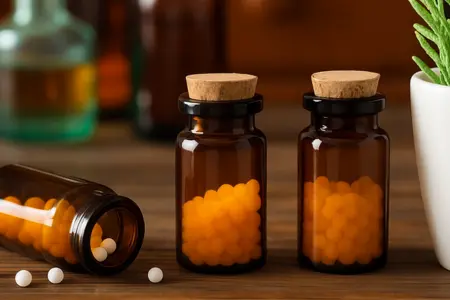
Primary packaging should provide immediate protection:
- Amber glass bottles block UV light that degrades flavonoids
- Aluminum pouches with moisture barriers prevent hygroscopic pickup
- HDPE bottles with desiccant capsules maintain low moisture environments
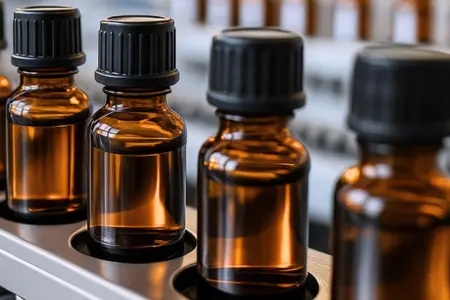
Secondary considerations enhance stability:
- Nitrogen flushing displaces oxygen before sealing
- Oxygen absorbers continue protecting after packaging
- Cold storage (2-8°C) slows all degradation reactions
- Freezing (-20°C) essentially stops degradation for long-term stability
Stable granules - those properly dried to 3-5% moisture with incorporated carriers - show minimal potency loss over 24 months when properly packaged. But unstable granules can lose 50% potency in 6 months even with premium packaging.
The initial quality you achieve through controlled evaporation determines your packaging requirements. Better granules need less aggressive (and expensive) packaging to maintain stability.
Practical Tips for Successful Herbal Granule Production
Post-processing
Cool granules to room temperature under vacuum before venting. Sieve immediately to remove fines and oversized particles. Package within 30 minutes to minimize moisture pickup.
Extraction optimization
Match solvent to target compounds. Flavonoids extract well in 70% ethanol. Polysaccharides need water. Some alkaloids require acidified solutions. Temperature matters too - many compounds extract better at 40-50°C than at room temperature.
Carrier incorporation
Add carriers to liquid extract, not dry powder. Aim for 20-40% carrier by dry weight. Mix thoroughly - incomplete distribution creates granules with varying properties. Let the mixture equilibrate for 30 minutes before evaporation.
Evaporation parameters
- Set bath temperature to 40-45°C for most botanicals
- Start rotation at 100 rpm, adjust based on viscosity
- Ramp vacuum gradually - 500 mbar to 100 mbar over 10 minutes
- Monitor for bumping and adjust vacuum if needed
- Stop when granules move freely and vacuum stabilizes
Post-processing
Cool granules to room temperature under vacuum before venting. Sieve immediately to remove fines and oversized particles. Package within 30 minutes to minimize moisture pickup.
Common Troubleshooting Scenarios and Solutions
Even with careful planning, granulation challenges arise. Here's how to diagnose and solve the most common issues:
Granules stick to flask walls
Usually indicates incomplete drying or wrong rotation speed. Increase vacuum gradually and reduce rotation speed. Consider adding 5-10% more carrier.
Inconsistent granule size
Check rotation stability and vacuum consistency. Fluctuations in either parameter create size variation. Also verify carrier distribution - poor mixing creates regions with different granulation behavior.
Brown or dark granules
Temperature too high or oxidation occurring. Reduce bath temperature by 5°C and consider nitrogen protection. Some browning is normal for polyphenol-rich extracts.
Poor flow properties
Moisture content likely too high or carrier ratio too low. Extended drying under deeper vacuum or reformulation with more carrier usually solves this.
Low potency in finished granules
Compare pre- and post-evaporation samples. If loss occurs during evaporation, reduce temperature and processing time. If extract potency is good but granules test low, carrier may be interfering with extraction during analysis.
Key Takeaways for Herbal Supplement Innovators
Granulating rare herbal extracts doesn't have to be a compromise between potency and practicality. With controlled rotary evaporation, you preserve the bioactive compounds that make these herbs valuable while creating stable, free-flowing granules that work in real formulations.
The Yamato mini rotary evaporator delivers the three things that matter most for botanical R&D: reproducible conditions that you can standardize, gentle processing that preserves actives, and the flexibility to handle everything from thin tinctures to viscous concentrates.
Your rare herbs - whether they're $50 or $500 per kilogram - deserve processing that respects their value. Low-temperature vacuum evaporation with precise control ensures that the flavonoids, alkaloids, and phenolic compounds that survived cultivation, harvesting, and extraction make it all the way to your finished product.
Ready to standardize your herbal granulation process? Contact Yamato for botanical-specific SOPs and application support. Our laboratory specialists can help you develop parameters optimized for your specific herbs and formulation requirements.
